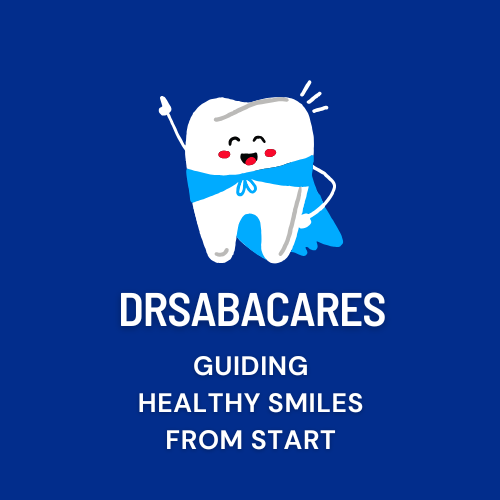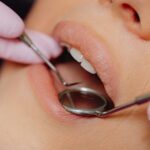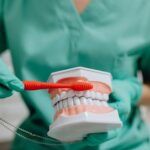Maintaining healthy gums is about more than a bright smile—it’s essential for preserving your teeth, overall health, and even preventing serious systemic diseases. As a dentist, I’m here to walk you through practical, evidence‑based steps to keep your gums in top shape.
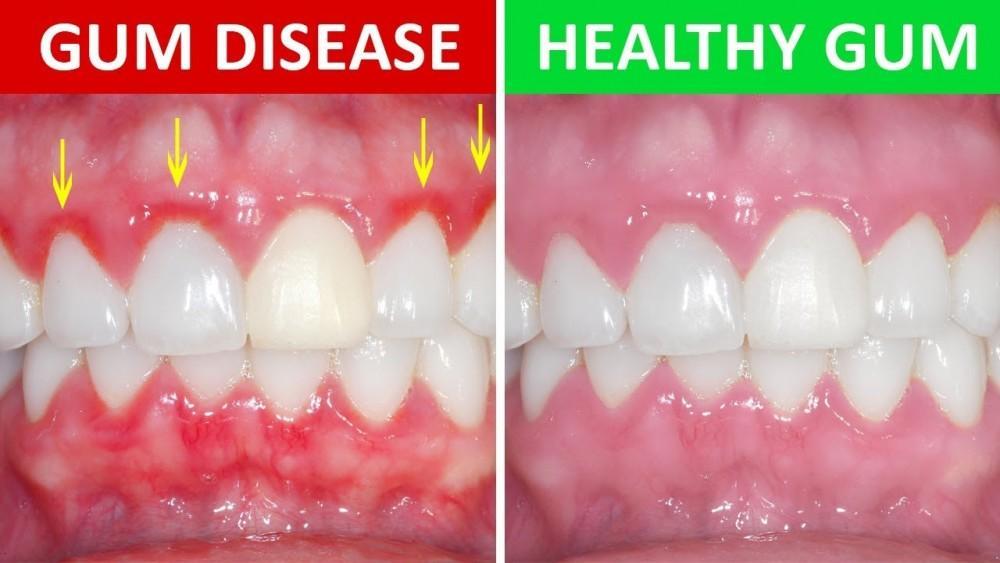
1. Why Healthy Gums Matter
Spot early warnings: Signs like bleeding, swelling, receding gums, or persistent bad breath may indicate early-stage periodontal disease .
Prevent tooth loss: Gum disease (gingivitis and periodontitis) is the leading cause of adult tooth loss—not aging .
Support overall health: Gum inflammation links to cardiovascular disease, diabetes, and respiratory issues
2. Common Gum Diseases & Their Causes
Understanding these conditions helps you act early and customize treatment:
- Gingivitis (early gum inflammation)
- Signs: Red, swollen gums that bleed easily
- Causes: Plaque and tartar buildup; smoking, hormones, medications (e.g. anticonvulsants), dry mouth, systemic conditions like diabetes .
- Periodontitis (advanced gum and bone disease)
- Signs: Formation of pockets, receding gums, loose teeth, bone loss
- Causes: Untreated gingivitis, plus risk factors such as genetics, smoking, diabetes, stress, poor nutrition, hormonal changes, immune issues .
- Aggressive Periodontitis
- Profile: Faster progression in younger adults; often genetic
- Necrotizing Gingivitis (“trench mouth”)
- Profile: Painful, ulcerative infection; tissue death caused by specific bacteria.
- Triggers: Stress, poor hygiene, smoking, malnutrition, immune compromise
- Periodontal Abscess
- Profile: Painful pus-pocket in deep gum pocket.
- Causes: Severe periodontitis, trapped debris, trauma, diabetes
- Gingival Enlargement & Recession
- Enlargement: Drug-induced overgrowth linked to medications like phenytoin, cyclosporin, calcium-channel blockers.
- Recession: Roots exposed due to aggressive brushing, periodontal disease, or orthodontics
Recognizing the specific gum disease helps tailor your care—whether that’s adjusting medication, improving hygiene habits, or undergoing targeted professional treatment. Early detection and personalized prevention can stop progression before it affects your teeth or system-wide health.
3.Daily Oral Care: Your First Line of Defense
a. Brush Twice Daily
- Use a soft-bristle toothbrush with fluoride toothpaste. Brush for ≥2 minutes, covering all surfaces and gently massaging the gumline .oral health for adults
- Replace your toothbrush every 3 months or sooner when bristles fray
b. Clean Between Teeth Every Day
- Dental floss removes ~80% of interdental plaque .
- For those with wider spaces, braces, or difficulty flossing, interdental brushes or water flossers (oral irrigators) are excellent alternatives
- Water flossers can improve gum health and reduce gingivitis—though not a full substitute for flossing .oral health for adults
c. Use an Antimicrobial Mouthwash
- Rinse with an alcohol‑free, antibacterial mouthwash to reduce bacteria and combat gingivitis
4.Professional Care: Don’t Skip Your Checkups
Visit your dentist at least twice a year—more often if you’re at higher risk—to remove tartar and catch issues early .
For diagnosed gum disease, scaling and root planing may be needed to thoroughly clean below the gumline
Maintenance schedules vary: every 3–4 months for active disease, or biannually for healthy gums .
5.Lifestyle Habits That Preserve Your Gums
Quit smoking and minimize alcohol—both worsen gum disease .
Eat a balanced diet: rich in vitamins C, D, calcium, and antioxidants supports gum tissue and immune response .
Stay hydrated to support saliva flow, which protects gums and enamel. Manage conditions like dry mouth or acid reflux to reduce gum irritation .
Practice stress management—high stress can negatively impact your gum health .
6. Tips That Pack an Extra Punch
Tongue scraping removes odor-causing bacteria.
Xylitol gum between meals boosts saliva and fights cavity-causing bacteria .
Some incorporate oil pulling (coconut or sesame) for extra oral hygiene, though evidence is still limited.
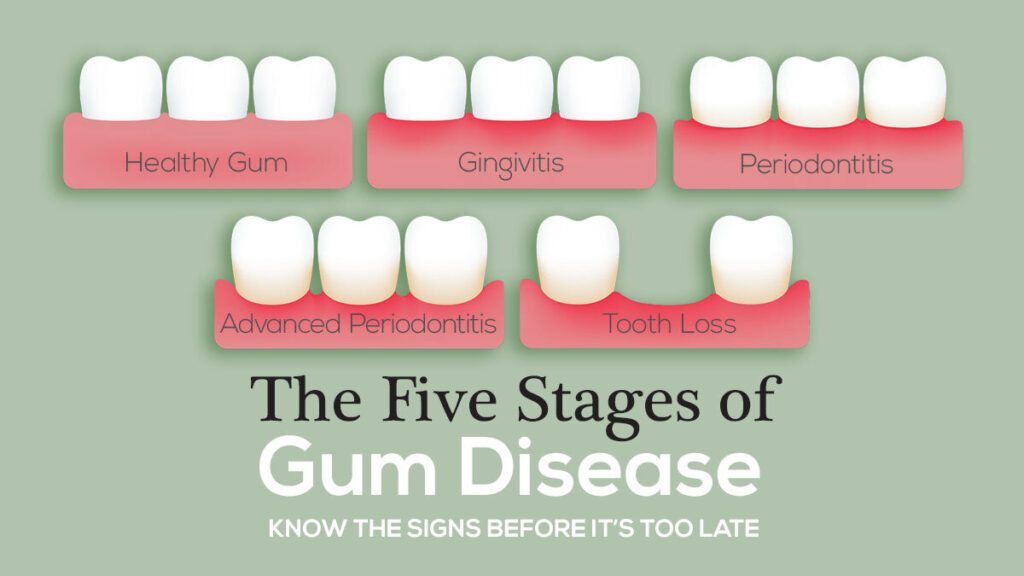
7.Recognize Symptoms & Act Early
- Bleeding or red/swollen gums
- Bad breath or taste
- Gum recession
- Loose teeth or new spaces between teeth
7.In Summary
| Key Habit | Why It’s Important |
|---|---|
| Brushing twice daily | Keeps plaque from building up |
| Interdental cleaning daily | Reaches hidden spaces to prevent inflammation |
| Frequent dental visits | Detects problems early and removes tartar |
| Healthy lifestyle | Supports your body’s ability to fight gum disease |
| Listening to symptoms | Early action leads to better outcomes |
Healthy gums are the foundation of a healthy mouth—and a healthy body. Consistency is vital: diligent daily care, regular checkups, and smart lifestyle choices will help you maintain a vibrant smile well into your golden years
